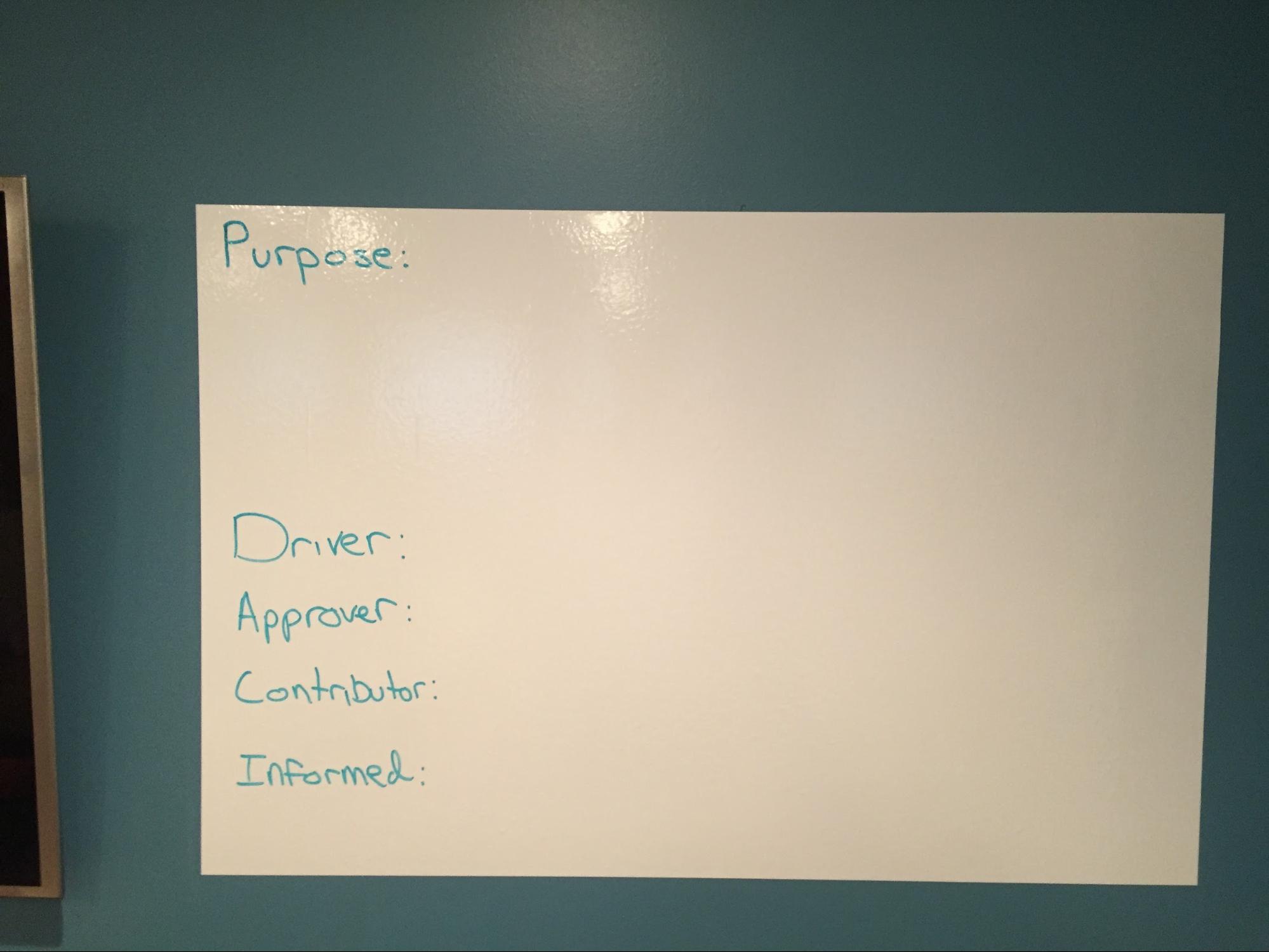Time to read: 2 min
Ineffective meetings are a major time-suck.
People straggle in late, not exactly knowing what the purpose of the meeting is. A quick review turns into a length discussion.. which turns into a debate, which ends in no-one-really-knowing-what-the-point-of-the-meeting-was-or-what-to-do-next.
Sound familiar?
When run properly, meetings can provide clarity, alignment, and keep projects on schedule. Thankfully, we had strategic consultant Kate Purmal lead us in a workshop, where she shared a few key insights to help us, and you, run more effective meetings.
1. Start on Time
Starting a meeting on time shows that you respect and value your teammates time. This means the meeting starts exactly when it’s supposed to, even if some people have yet to arrive.
If you arrive late to a meeting, you should enter quietly, without making excuses or disrupting the meeting, and catch up on what you missed afterwards if necessary.
In Kate’s experience, the result of this rule is that everyone actually starts showing up to meetings a few minutes early, more prepared, settled, and ready to have a productive meeting.
2. Define a Purpose
When creating a meeting, there should be a clearly stated and actionable purpose. When defining this purpose, use active words such as create, decide, approve, or resolve, rather than passive words like discuss, brainstorm, or review.

3. Close with Action Items
At the end of the meeting, you should leave 5 minutes for everyone to state key takeaways as well as any action items. Action items should include who, what, and by when.

4. End on Time
Just as the meeting began on time, it should also end on time. And in order to save those 5 minutes at the end for action items and still end on time, you need to have a timekeeper.
At the beginning of the meeting, the Driver should appoint a timekeeper, who will give a 5 minute warning (using a phone is fine) so there’s ample time to wrap up the meeting without running over.
You might also consider running 20 and 50 minute meetings to help with back-to-back scheduling so you don’t run behind schedule.
5. Record and Share the Meeting Notes
The Driver of the meeting should record any notes, key takeaways, results, and action items and then share those notes with the group following the meeting. At Fictiv, we use Asana as a tool for following up with key stakeholders for a given project.
These rules might seem simple, but they are most certainly not easy. It takes clear intention and structure to make sure a meeting stays on schedule and is purposeful. But if you can follow through and implement these rules, the results are impactful.










